Petunia is a flower known for its beauty and lushness. In order to speed up flowering, gardeners grow annual plants in seedlings, sowing at home. The peculiarity of petunia seeds is their extremely small size. To grow strong plant seedlings, it doesn’t hurt to know about some subtleties.
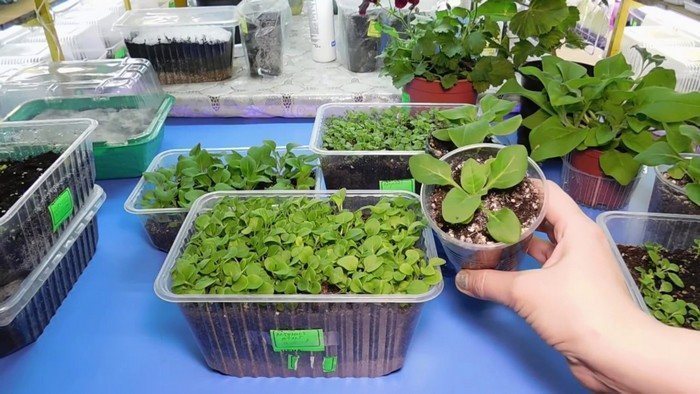
Features of sowing
Petunia has microscopic seeds that absolutely cannot be buried. If you sow seeds to a depth of even a few millimeters, the seedlings will not be able to break through. For this plant, the sowing technology should be as follows: planting material is densely sown on the surface in rows with an interval of 2-3 cm.
Later, the seedlings will need to be thinned out, leaving the strongest specimens. If you purchased pelleted seeds, you should also not bury them in the ground. The balls are laid out on the surface of the soil and pressed lightly with your finger. In both cases, the soil should be moderately moist.
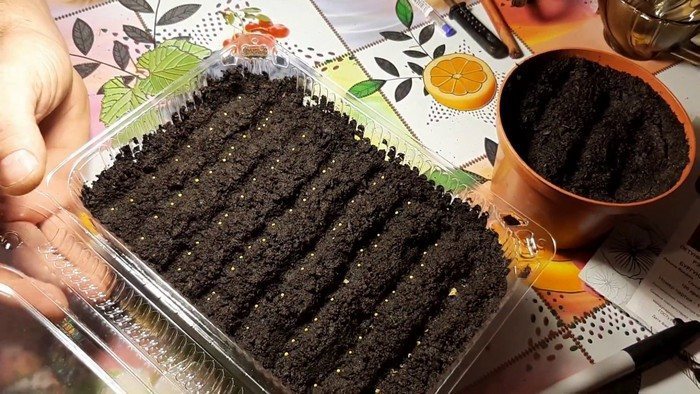
Lighting mode
At first, the container with the crops can be kept in the dark. As soon as the first shoots begin to appear, the container is placed in a well-lit place. The sprouts hatch together, this happens 1-2 weeks after sowing. At first, the seedlings are very weak and thin.In order for the seedlings to become strong, they need to be provided with additional lighting.
Daylight hours for petunias should be at least 12-14 hours. On clear days, the lamp is turned on for 2-3 hours in the morning and evening, and in cloudy weather it is left to work without interruption. If possible, 24-hour lighting can be provided. For this purpose, fluorescent or LED lamps and phytolamps are used.

Suitable temperature
Seeds should germinate at room temperature. After the emergence of seedlings, the temperature regime is changed. Excess heat, especially in combination with a lack of light, causes seedlings to stretch out.
In such conditions, the seedlings will be frail and thin. Immediately after the sprouts appear from the ground, it is necessary to reduce the temperature to +17-21 °C. It is also advisable to ensure a difference between day and night temperatures of 3-4 degrees.
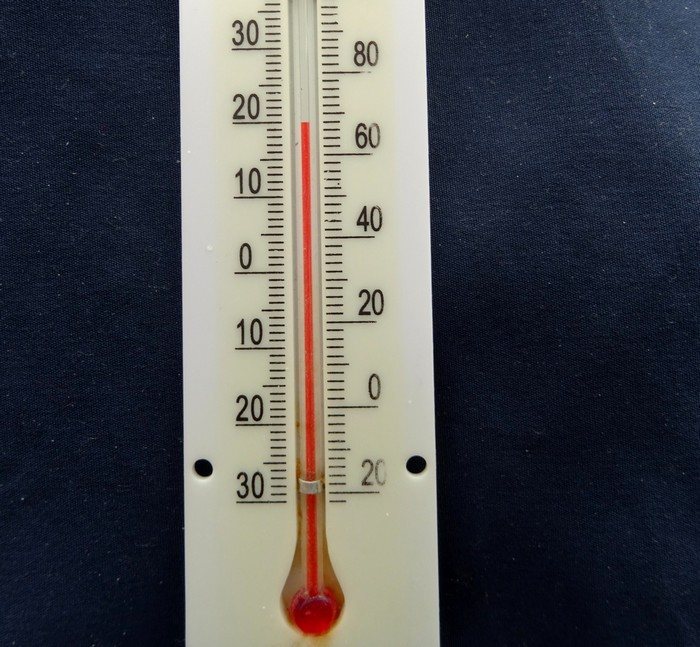
Removing cover
Petunia is very sensitive to air humidity. At first, the seedlings are kept under a glass or film cover. It is convenient to grow seedlings in plastic containers with a transparent lid. The shelter is removed briefly every day to ventilate the mini-greenhouse. If this is not done, mold may appear on the surface of the soil.
It is impossible to remove the cover completely at once. Due to a sharp decrease in air humidity, seedlings may die. You need to accustom petunia to the open air gradually, spreading the process over several days. Every day the shelter is moved slightly, increasing the gap. After 4-5 days, the glass or film is completely removed.
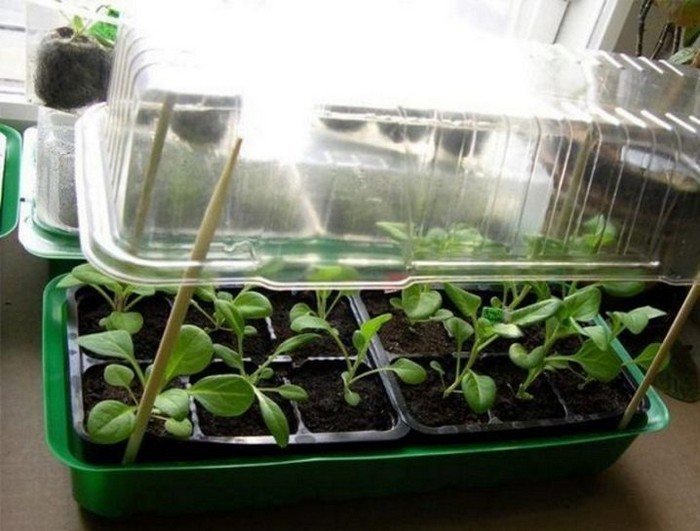
Proper watering
Despite its love for high air humidity, petunia is afraid of waterlogging of the soil. Experienced gardeners already know: excess water in the soil often leads to seedlings being affected by “black leg” and dying in a matter of days. Between waterings, the top layer of soil should dry out slightly.
It is most convenient to add water from a medical syringe with the needle removed or from a pipette. When the seedlings grow up, they can be watered from a small watering can with a narrow spout. When watering, water should not fall on the stems of the seedlings. A thin layer of coarse sand poured on top will help protect seedlings from blackleg.
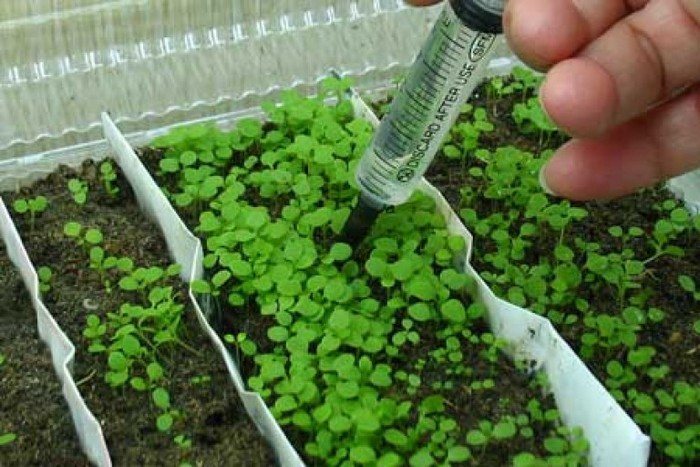
Petunia seedlings require close attention in the first stages of development. If everything is done correctly initially, in the future the bushes will get stronger and require less care. After 2-3 true leaves appear, the seedlings are planted. Further care of the plants consists of regular watering and fertilizing with Kristalon, Clean Sheet, and Kemira. The first time fertilizer is applied 1-1.5 weeks after picking.


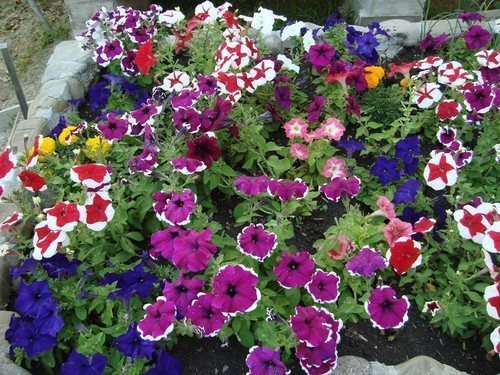
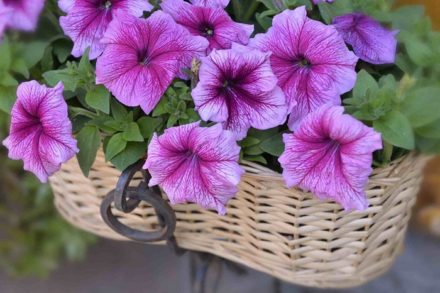
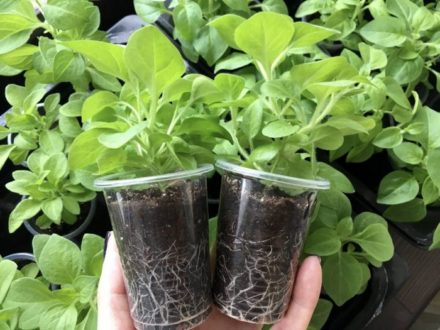
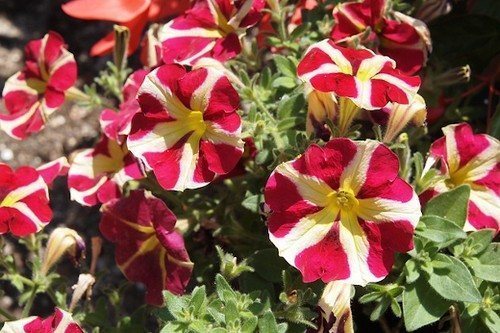
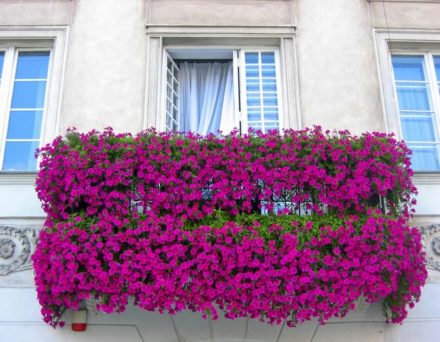

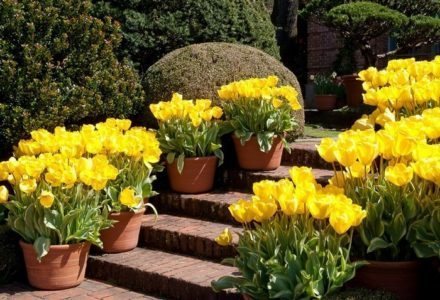

thank you, it was very useful
Thank you for the article.
I love petunia so much!
And this year everyone is in shock!
Seeds collected in '20
They sprouted in two days... I'm worried!
Will I be able to save? After all, it’s still February!
By the way, yesterday I sprayed the sprouts with a zircon solution,
One drop per 200 ml of water..
Maybe it was my imagination, but she liked it!
I will do my best to admire my favorite petunia all summer!